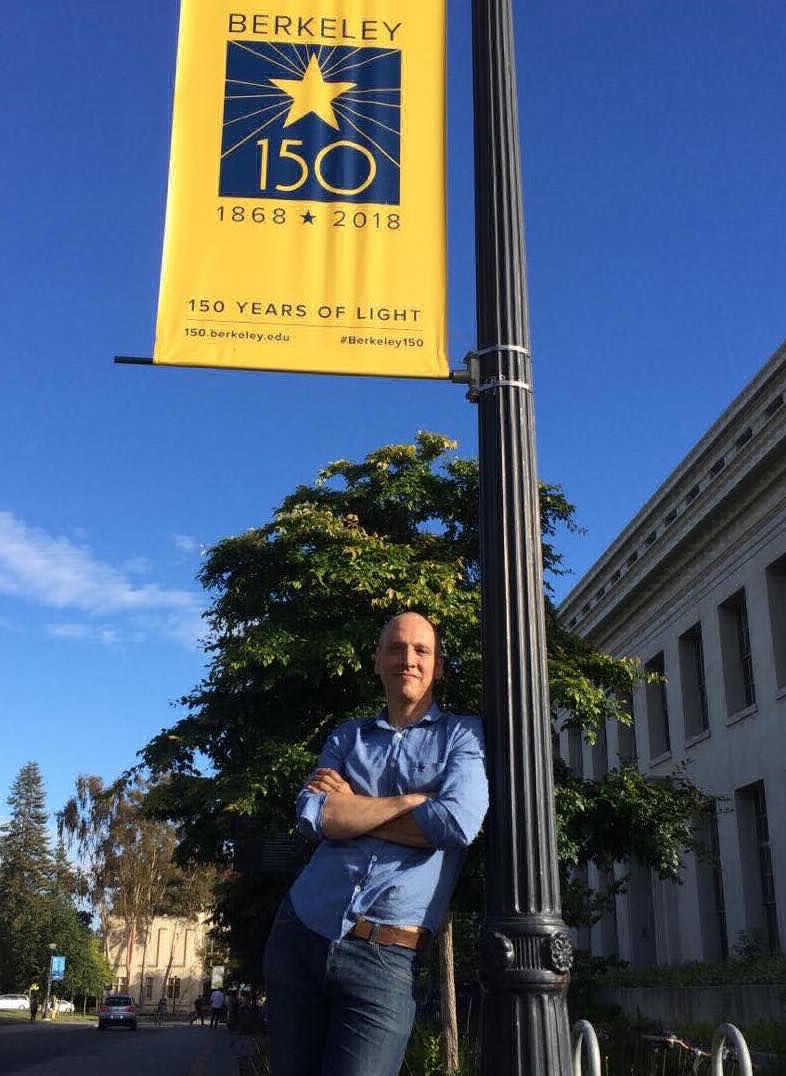I. Introduction
HistSci.us is the output of the academic research The Knowledge Network in History of Science, developed by Rafael Lamardo as Visiting Research Scholar at the Center for Science, Technology, Medicine and Society (CSTMS) at the University of California at Berkeley, in the United States.
The Knowledge Network in History of Science was developed to contribute with new approaches over the scientific knowledge production; exploring the resources of data science, and creating an epistemological interconnected environment powered by semantic web and data visualization.
The first release of HistSci.us addresses the period from the early modern History throughtout the 20th Century and addresses the following majors: History of Physics, History of Chemistry and History of Mathematics. These majors had been selected for the research due their interdisciplinary interactions - a very critical issue when organizing structured knowledge bases.
The concept of 'Knowledge Network' here adopted comprehends the use of data collection, applications and interface resources that together allow the exploration of knowledge. It doesn't overlap existing current technologies or methods, but creates additional possibilities for a new era driven by data and analysis.
This research design explores the universe of structured metadata to create a knowledge network in the History of Science. It intends to contribute to History of Science in the meaning of creating a visual framework tool for visualization of relations between theories, streams, and paradigms, which can be connected throughout a space-time multi-sided approach.



